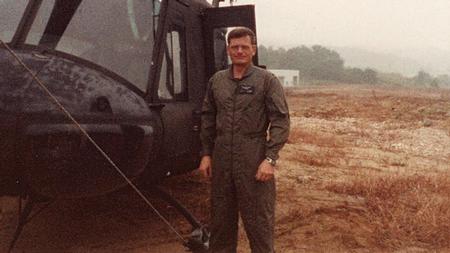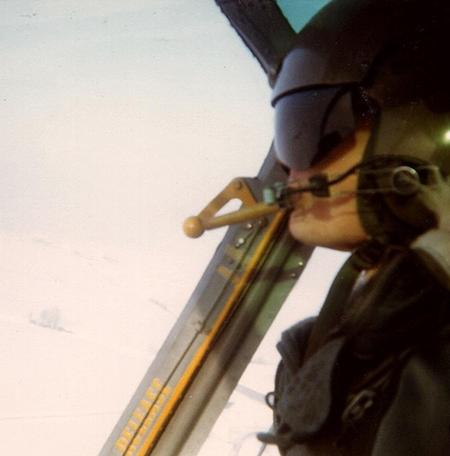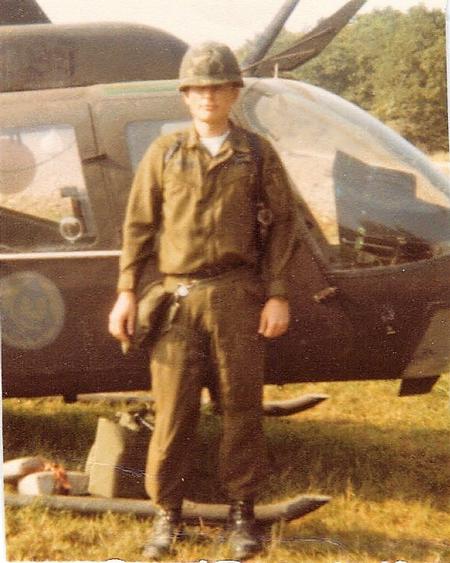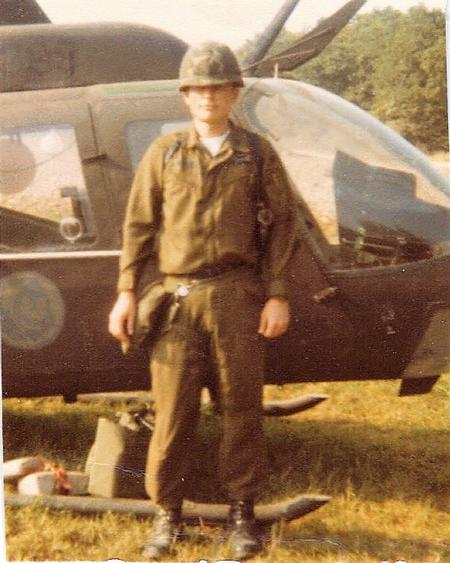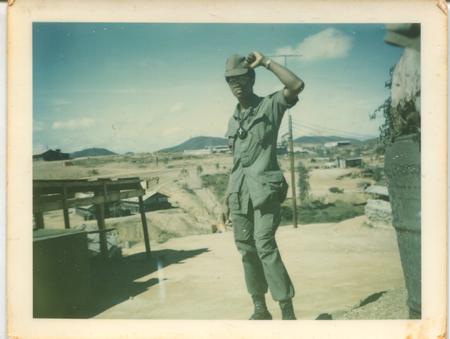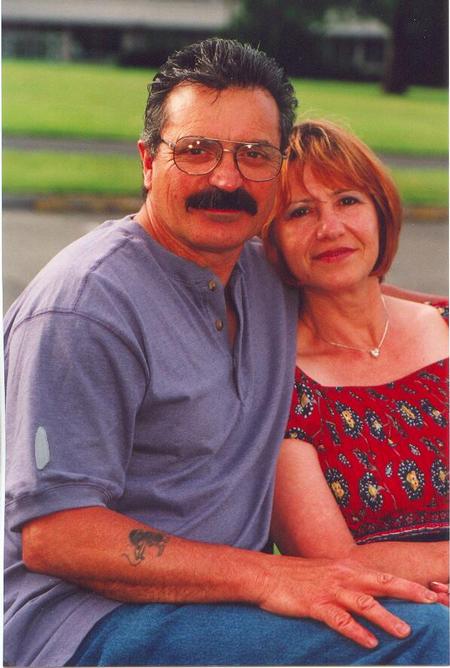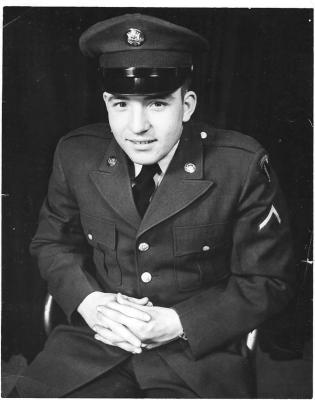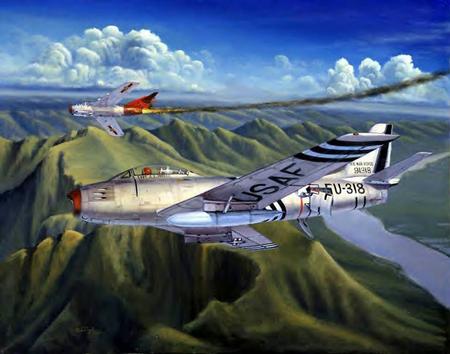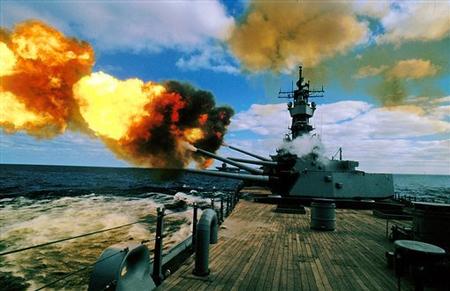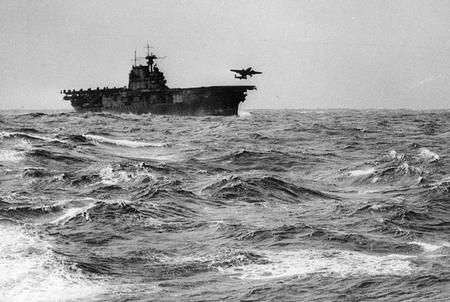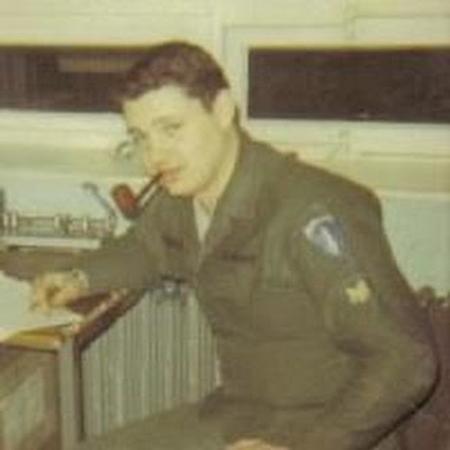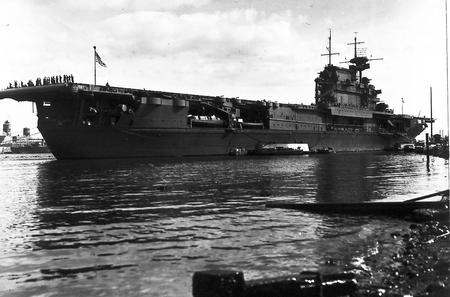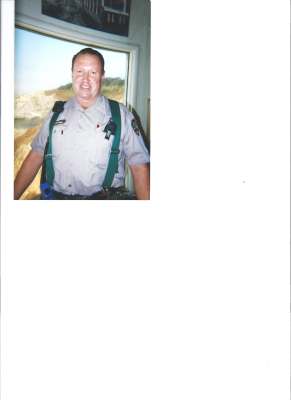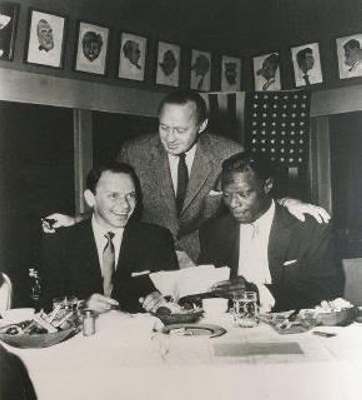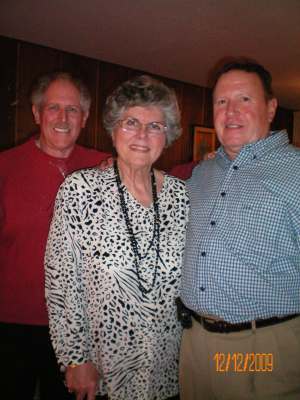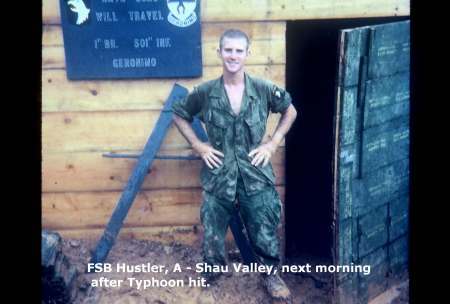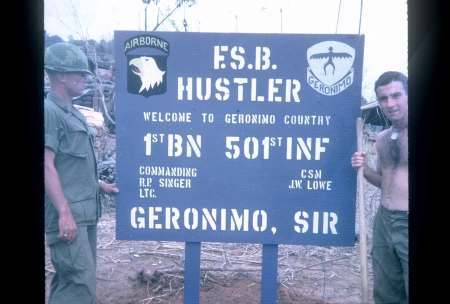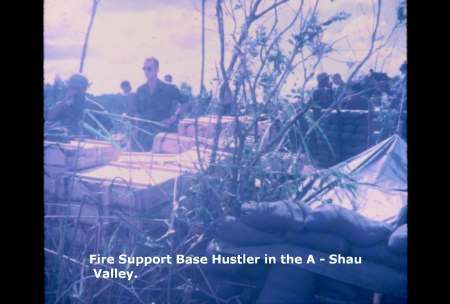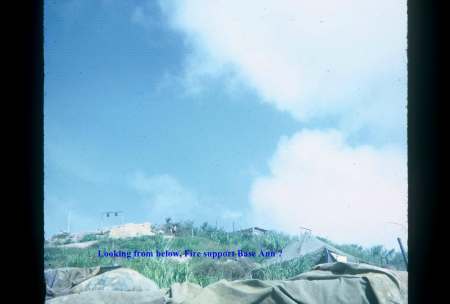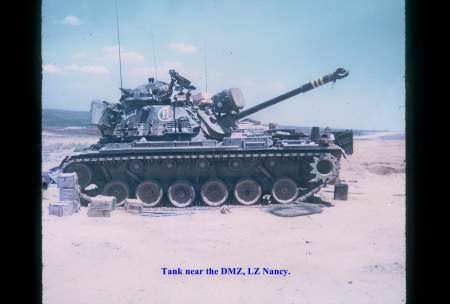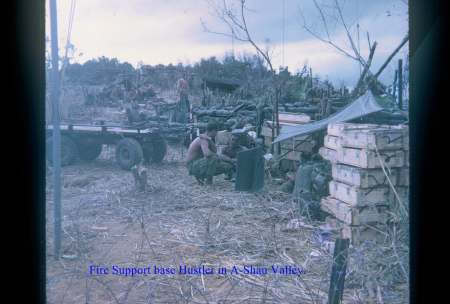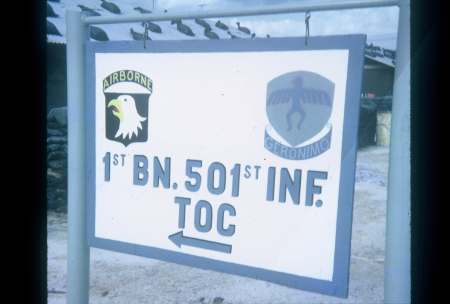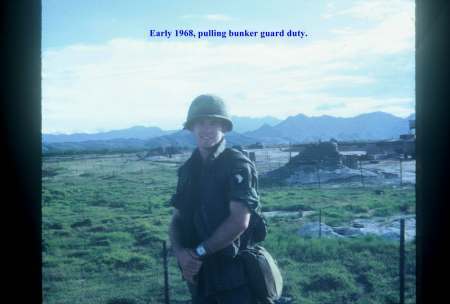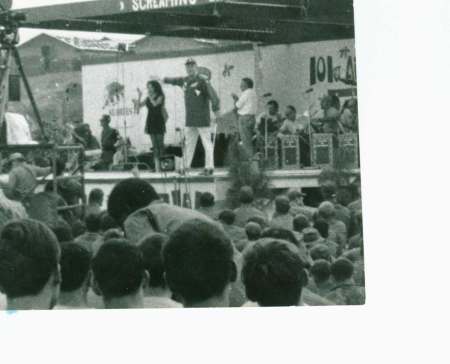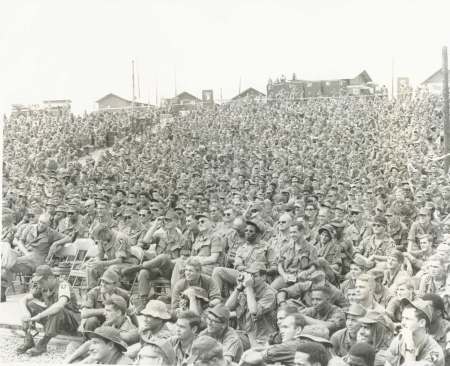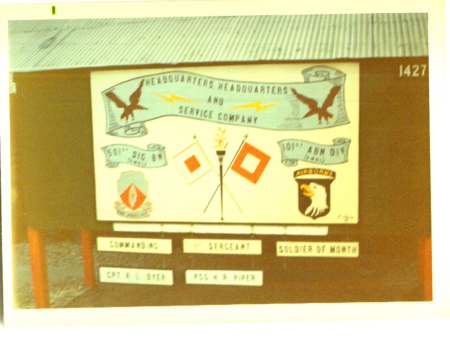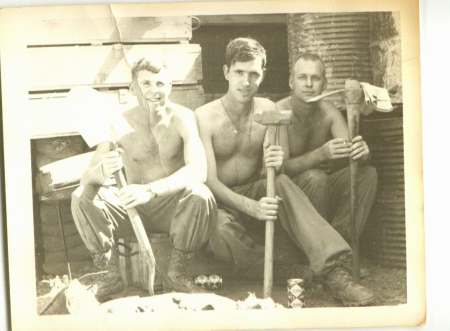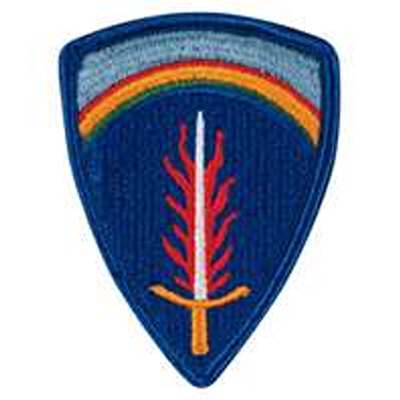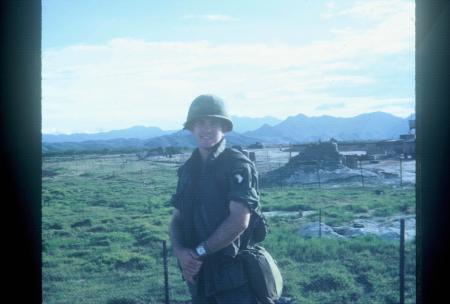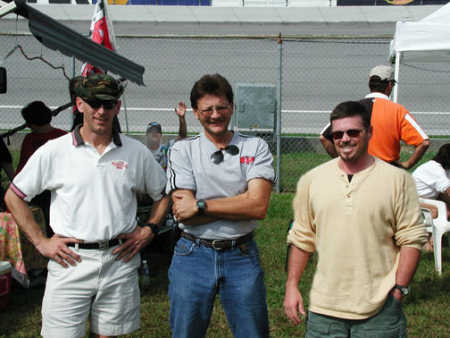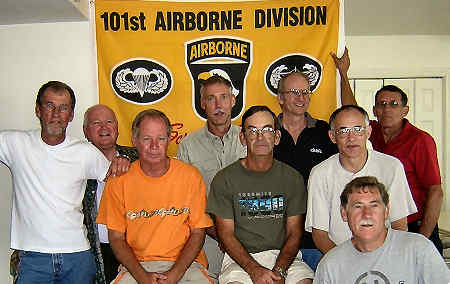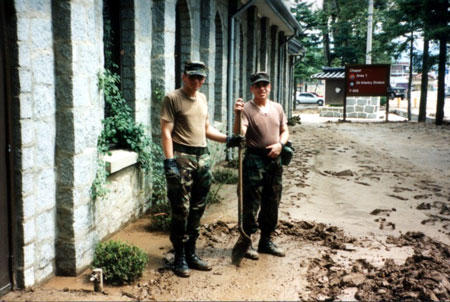ABOUT 501st Tactical Missle Wing
- Origins: The 501st Tactical Missile Wing (TMW) was activated by the United States Air Force in 1982 at RAF Greenham Common, England, during the final decade of the Cold War.
- Role: Its primary mission was to operate and maintain Ground Launched Cruise Missiles (GLCM), specifically the BGM-109G Gryphon, as part of NATO’s nuclear deterrence strategy.
- INF Treaty: The 501st TMW played a pivotal role in the Intermediate-Range Nuclear Forces (INF) Treaty, which led to the elimination of ground-launched ballistic and cruise missiles with ranges between 500 and 5,500 kilometers.
- Public Protests: RAF Greenham Common became famous for the "Greenham Common Women's Peace Camp," a major anti-nuclear protest that lasted from 1981 to 2000, directly in response to the deployment of the 501st’s cruise missiles.
- Operational Structure: The wing was composed of several squadrons, with the 11th Tactical Missile Squadron responsible for the actual launch operations and missile readiness.
- Mobile Launchers: The BGM-109G Gryphon cruise missiles were deployed using mobile Transporter Erector Launchers (TELs), making them difficult to target and increasing survivability in conflict.
- International Collaboration: While an American unit, the 501st operated in close coordination with British authorities and NATO partners, symbolizing the transatlantic alliance during the Cold War.
- Deactivation: Following the signing and implementation of the INF Treaty, the 501st TMW began deactivation in 1989, with its last missiles removed from Greenham Common by March 1991.
- Historical Legacy: The wing’s presence and the protests it inspired contributed significantly to the global anti-nuclear movement and the eventual end of the Cold War arms race in Europe.
- Commemoration: Today, parts of RAF Greenham Common have been preserved as a public park, with memorials commemorating both the peace protests and the service of the 501st TMW and its personnel.


